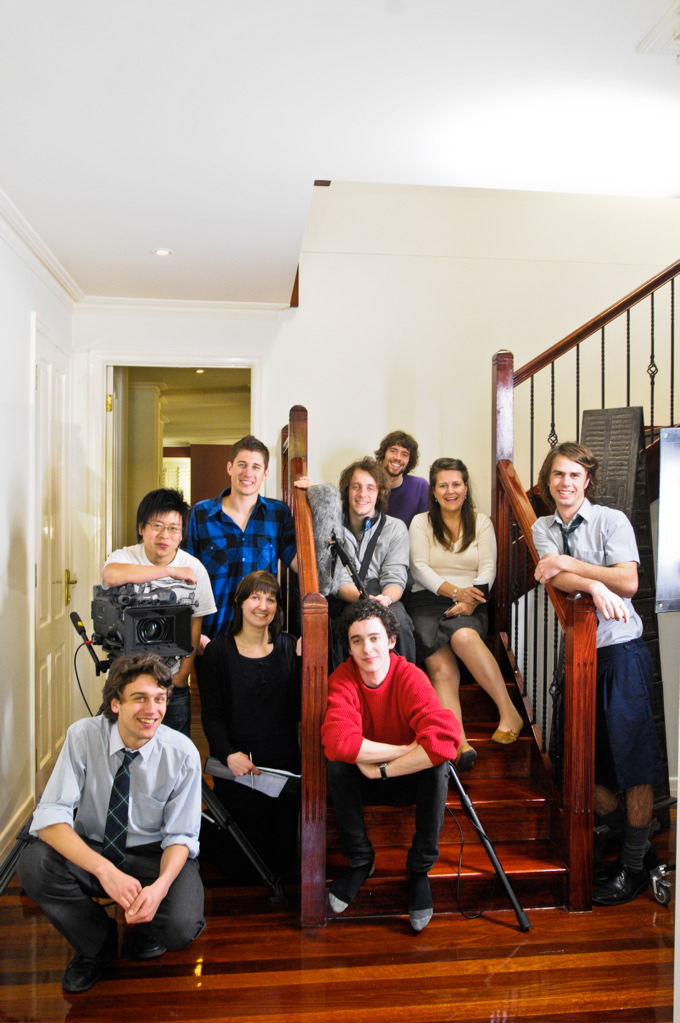Good listening skills are crucial in the film business. In my experience, a good director will spend most of their time listening. During a production you will be listening to questions and thoughts from every department. Good listening skills will not only help you to direct quickly and effectively, but will also enable you to maintain crew morale. It’s one thing to work for nothing because you believe in a project, but it’s another thing entirely to not be paid and then not even be listened to by a director or producer. If I wanted to put up with that then I would go back to working in retail (and then at least I would be getting paid).
While this is especially important for directors and producers, it also applies to other crew members too. I learnt this valuable lesson from D.P. Adam Howden years ago and I’ve never forgotten it. I was assisting him as a favour and at the start of the day he told me that I should NEVER try to give suggestions to a director. This is a real rookie mistake. Maybe it’s just excitement, or a bit of inexperience, but many young filmmakers try to make suggestions to the director, and it does not reflect well on them. Hell, it can even mean you will not get hired by them again. Of course, if you are the Director of Photography or an Assistant Director, and you have a good relationship with a director, then that may be a different situation. In general, however, the director is thinking of a million things at once and even when someone is trying to be helpful it can be very frustrating and distracting to have other people trying to put in their two cents.
I actually made this mistake myself back in 2008 (as you can see from this other post, I made a lot of mistakes that year). We were shooting a scene in a kitchen and one of the actors had to transfer a tray from the (supposedly hot) oven to a bench top. As they were blocking out the scene it occurred to me that I probably wouldn’t put a hot tray straight onto a bench top. The heat might damage the finish! Maybe we needed some cork mats or something for under the tray so the scene would be believable. I did what I shouldn’t have and went over to tell the director. Well, when you watch the final film the bench top isn’t even in frame! All I managed to accomplish was distracting and annoying the director when he was in the middle of a tricky scene and already had a whole bunch of (more important) things to think about.
Luckily for me, the director in question was my good friend (and all around great guy) David Shiyang Liu so he didn’t hold a grudge. Dave may have forgiven me but the guilt & shame still haunts me (and I’m not even joking). Read on to find out how you can avoid my mistake...
The shoot in question. I'm sitting in the back because of the shame...
HONING YOUR LISTENING SKILLS
In addition to working as a filmmaker, I also work at Monash University teaching a course called “Critical Thinking & Communication”. One thing I love about teaching this course is just how useful it is in real life. There are plenty of esoteric uni courses out there, but everything we teach can be applied to everyday life. I’ve put this to the test myself, and I try to practice (in my film career) everything that I preach.
The first tutorial we do each semester is on listening. It seems simple, but (as I’ve explored above) it is enormously important. In the course we talk about three different types of listening: Passive Listening, Attentive Listening, and Active Listening (also known as Empathic Listening). Here’s some definitions from the textbook “Interpersonal Skills in Organisations” by Suzanne de Janasz et al (students, if you’re reading this post, this is not the correct way to reference in an academic essay).
“Passive Listening occurs when one is trying to absorb as much of the information presented as possible. The listener acts as a sponge, taking in the information with no or little attempt to process or enhance the messages being sent by the speaker...”
Passive listening basically equates to standing there in silence and letting a wave of information wash right over you. You hope that some of it will stick, but your chances aren’t great. A slightly better approach is attentive listening.
“Attentive Listening occurs when one is genuinely interested in the speaker’s point of view. The listener is aware something can be learned from the interaction. In attentive listening, the listener will make assumptions about the messages being relayed by the speaker and fill in the gaps with assumptions based on what the listener wants to hear rather than on what the speaker is actually saying. At this level of listening, the listener doesn’t check to see whether what she or he heard is what the speaker intended to say...”
Have you ever been listening to a friend when it clicks in your brain and you think “I know what they’re going to say next!” You go to finish their sentence for them and... no, that’s not what they were going to say at all. This is the main problem with attentive listening. Instead of actually working to absorb what the speaker is really trying to communicate you’re getting caught up with your own thoughts and assumptions. There are a lot of reasons this happens (distraction, boredom, information overload, and, of course, good old self-involvement) but the end result is the same: less than optimal listening. A far better approach is to practice active listening.
“Active (or Empathic) Listening is the most powerful level of listening and requires the largest amount of work on the part of the listener. In active listening, communications is a vibrant, two-way process that involves high levels of attentiveness, clarification and message processing. In active listening, the listener not only hears and reacts to the words being spoken but also paraphrases, clarifies and gives feedback to the speaker about the messages being received... Active listening follows the ‘70/30’ principle: when in the role of the listener, true active listeners spent almost 70 per cent of their time listening and less than 30 per cent of their time talking.”
Even though active listening is a two way process, the focus always remains on the primary speaker. The listener does speak, but only to seek clarification or ask further questions. It’s not easy, but active listening is the most effective of the three types.
ACTIVE LISTENING IN THE FILM BUSINESS
I remember what it’s like starting out as a young filmmaker. I remember the excitement of being on set for the first few times. I remember all the things I wanted to say and ask. If you’re in that position now, if you’re new to film, give active listening a go. Spend as much time as you can listening and learning from the other crew members. How is the DP photographing this shot? How is the sound guy positioning the mics? Ask questions, but don’t interrupt. Give them the time to answer and make sure you’re actually paying attention. Most filmmakers I’ve worked with are incredibly generous and are very happy to share their knowledge. If you’re respectful and show a genuine interest, you could learn a lot from the people around you.
I’ve been playing the indie film game for six years now and I still prioritise listening and learning. Even when I'm the one directing a video I STILL spend a lot of my time watching the more technical crew members to try to learn more about their jobs. The joke is that I'm finally getting better at being a camera assistant because I've spent so long watching how my DP works.
As I indicated at the start of this post, if there was ever a business where listening is important then it is the film business! It can be difficult to get used to active listening, but the work will pay dividends in the long run. Not only will you earn the respect of your fellow crew members, but you will have a much better chance of learning and improving your skills.



